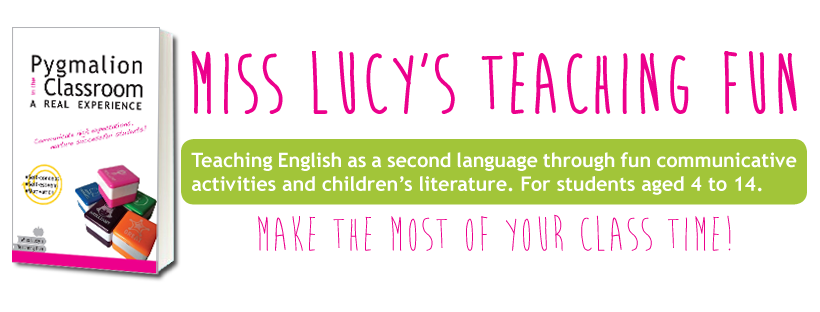Teaching the different kinds of feelings is important because it helps children recognize and express their emotions.
But, how can we arrange an interesting and fun English class for preschoolers about this topic?
Pictures and drama will surely be useful tools to help kids learn about and explore their feelings.
So let's start with a picture book.
One of the books in the Cat and Mouse collection is exactly what we'll need:
boredom, happiness, excitement, tiredness, thirst, hunger, sickness, fun, surprise, fear, anger, etc. are presented by the two protagonists who decided to go to the circus that has just showed up in town.
As in all the other books of this collection there's an audio CD and a dictionary at the end of the story to learn the right pronunciation and spelling of the new vocabulary.
After reading the book you can arrange a drama game, calling a child to the front of the class to pull a face to express a feeling that the others will have to guess.
It might be necessary to hand out flashcards for clearer instructions. Here you can find some.
In addition, once your students have learnt how to pull a face you can teach them this song about feelings.
 |
| Mr Printables.com |
Finally, I found this handicraft somewhere on Pinterest and I think it would be interesting to reproduce it and let your students play with it. You'll just need some cardboard and patterned paper.
Have fun!
More about Cat and Mouse:
Lucy dedicates a lot of time and love to thinking about and writing the posts she shares with all of you. Because she believes that a better teaching is the key for a better future. If you find any help, value or joy in this blog, please consider becoming a supporting reader. A donation, in any amount, will be gratefully accepted.







